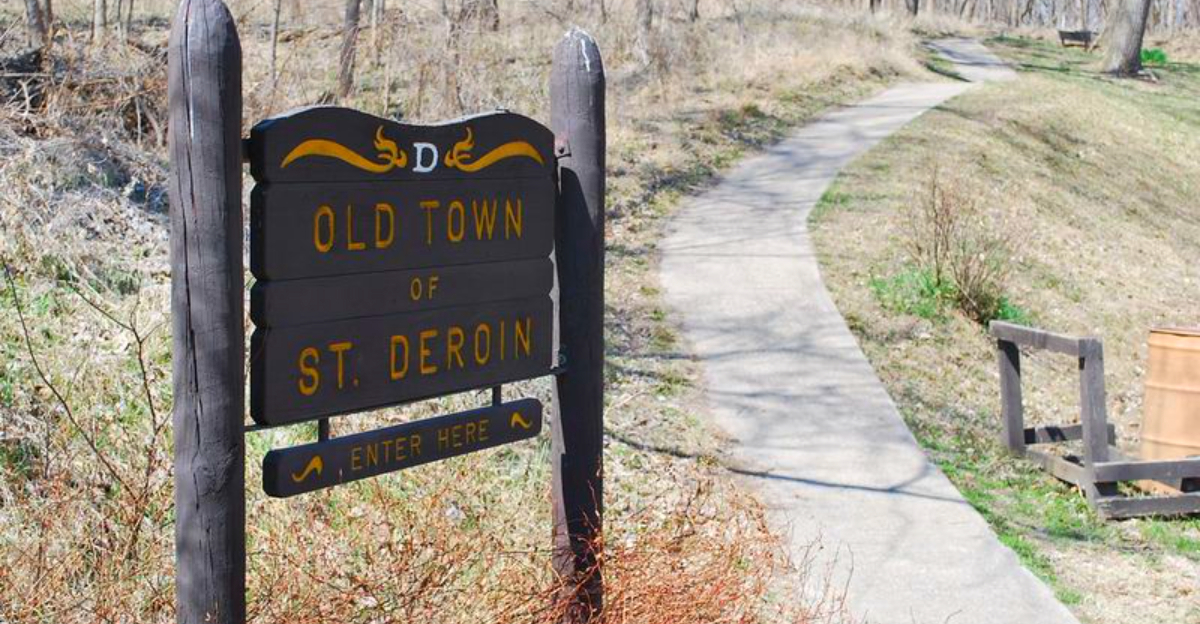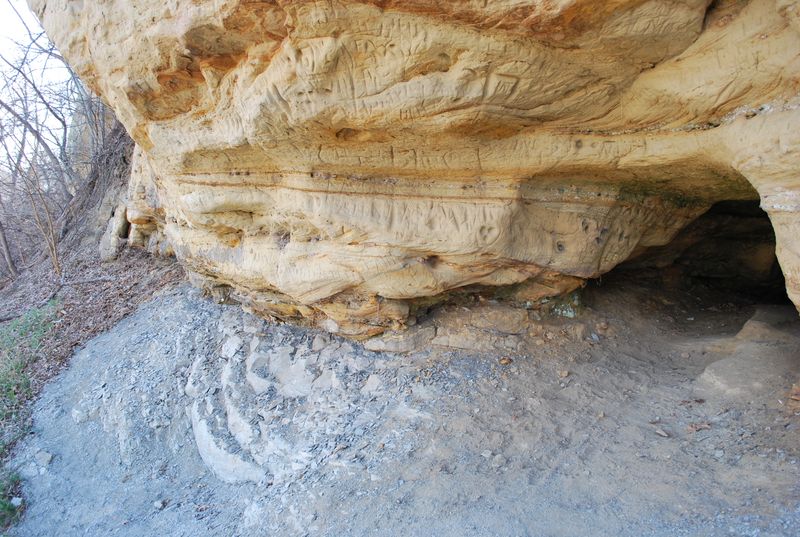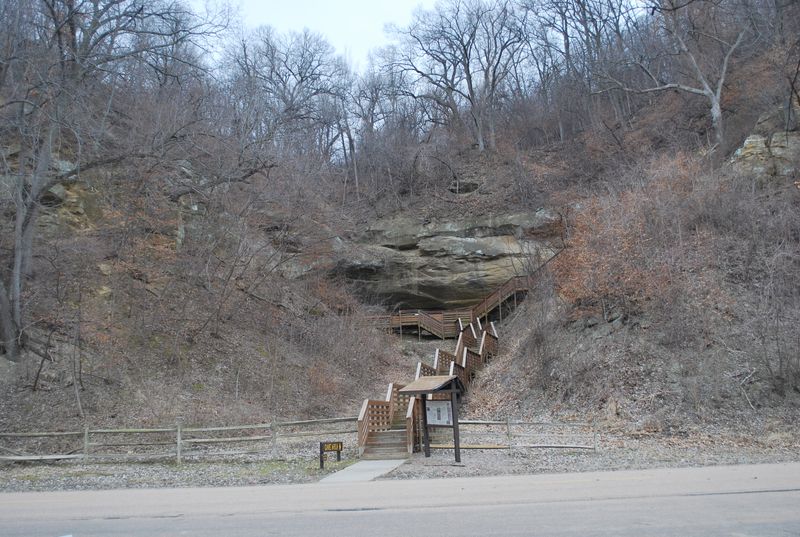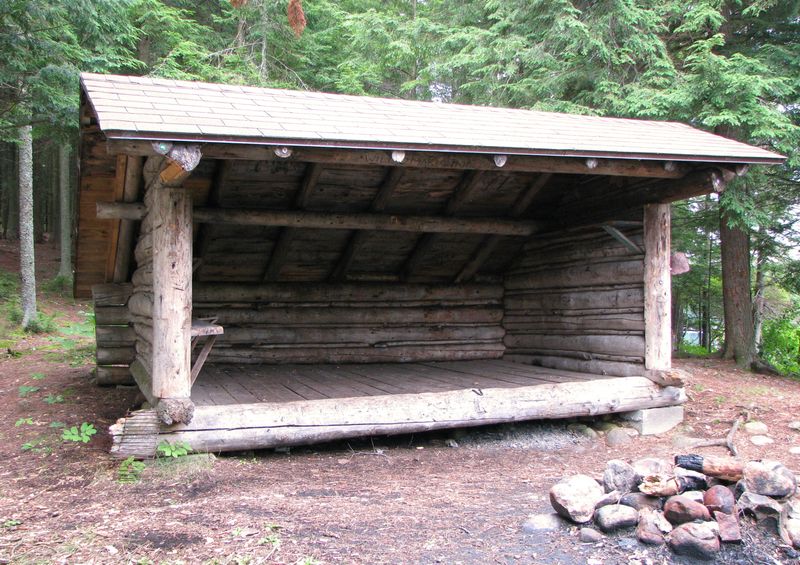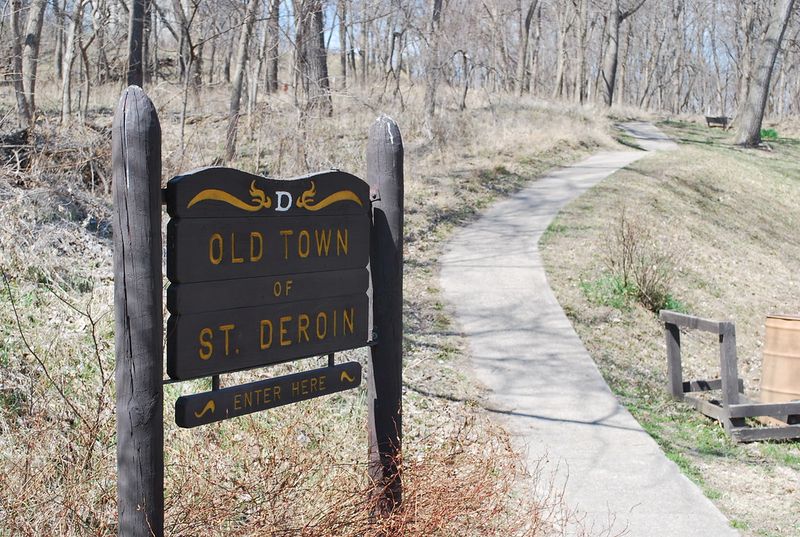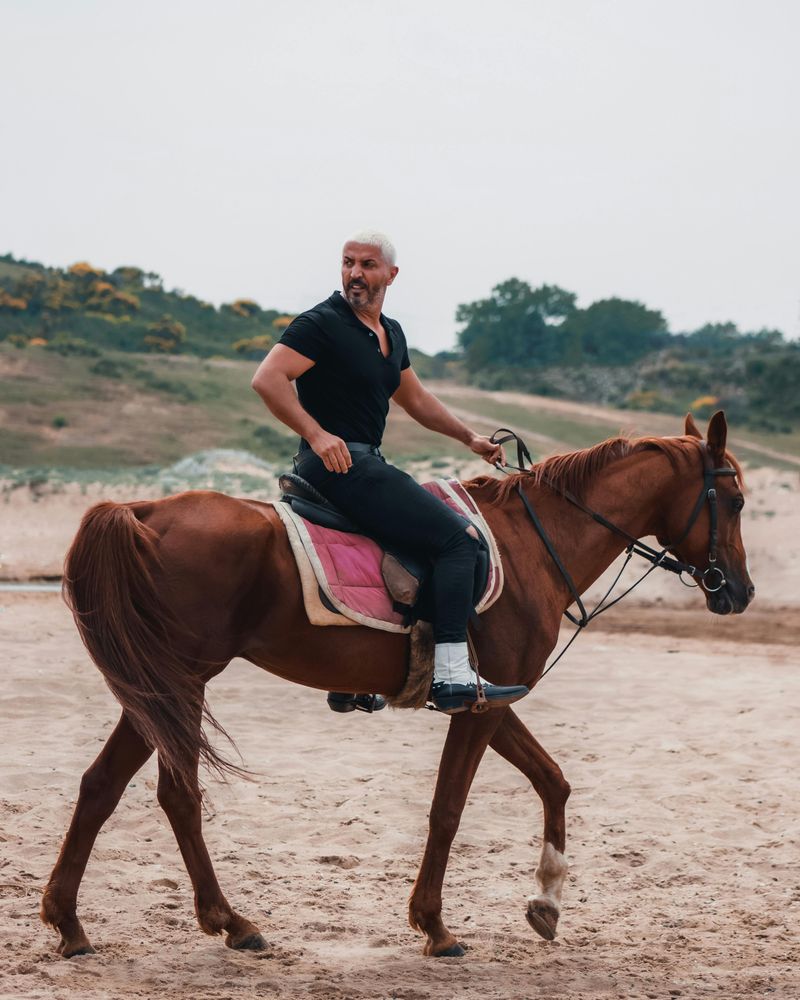Tucked along the Missouri River bluffs in southeastern Nebraska, Indian Cave State Park offers a rare blend of ancient history and rugged outdoor adventure. This 3,400-acre gem protects centuries-old Native American rock art, miles of forested trails, and backcountry camping that feels worlds away from the flatland prairie stereotype. Whether you’re a history lover, trail explorer, or weekend camper seeking something off the beaten path, this cliff-side park delivers surprises at every turn.
1. A Giant Sandstone Cave with Prehistoric Petroglyphs
Carved into a towering sandstone bluff, the park’s namesake cave stretches wide enough to shelter dozens of people—and it did, long before modern hikers arrived. Native American petroglyphs etched into the rock face remain visible today, though their exact age and meaning are still debated by archaeologists. Park officials have installed an ADA-accessible boardwalk and an eight-foot-wide viewing deck directly below the cave mouth, so visitors of all abilities can stand face-to-face with these mysterious symbols.
The shelter itself feels cathedral-like: cool, quiet, and shadowed even on bright summer days. Rangers ask that you never touch the carvings; oils from skin can speed erosion. Interpretive signs offer theories about the artists and their messages, sparking imagination without claiming certainty.
Plan to spend at least twenty minutes here. The short walk from the parking area is easy, and the atmosphere rewards slow observation.
2. Miles of Bluff-Top Trails and Big-River Views
Indian Cave boasts roughly twenty-two miles of designated hiking and biking trails, with additional mileage reserved for horseback riders. Many paths hug the edge of steep Missouri River bluffs, rewarding your effort with panoramic views that stretch into Iowa and Missouri on clear days. Forested ravines slice through the landscape, creating dramatic elevation changes rare in Nebraska.
Trail difficulty ranges from gentle riverside loops to steep climbs that test your calves and lungs. Spring wildflowers carpet the understory, while fall foliage turns the canopy into a patchwork of gold and crimson. Bikers appreciate the mix of singletrack and wider doubletrack routes.
Because the park sits far from major cities, you’ll often have entire trail sections to yourself on weekdays. Carry water—shade helps, but summer humidity can be intense. Download a trail map before you go; cell service is spotty once you leave the main road.
3. Real Backcountry Vibes: Hike-In Campsites and Adirondack Shelters
Beyond the two drive-up campgrounds—Ash Grove and Hackberry Hollow—Indian Cave offers something uncommon in Nebraska state parks: true hike-in backcountry camping. Scattered along the trail network, non-reservable primitive sites and simple Adirondack shelters let lightweight backpackers experience solitude under the stars. The official park map marks these spots, and the reservation page explicitly lists backpacking as a core activity.
Adirondack shelters are three-sided lean-tos with wooden floors and roofs, open to the front. They provide basic weather protection but no amenities—bring your own sleeping pad, bag, and food. Primitive sites are even simpler: a cleared patch of ground where you pitch your own tent.
First-come, first-served rules apply, so arrive early on summer weekends or choose a weekday for guaranteed solitude. Pack out all trash, and follow Leave No Trace principles. This setup appeals to adventurers who crave quiet and self-reliance without driving hours to the Rockies.
4. A Ghost-Town Time Capsule at St. Deroin
History comes alive at St. Deroin, a partially reconstructed river town nestled within the park boundaries. Once a bustling Missouri River landing in the mid-1800s, the settlement faded as steamboat traffic declined and railroads shifted commerce inland. Today, a restored general store and one-room schoolhouse stand as tangible links to that vanished era.
On summer and fall weekends—typically May through October—costumed interpreters demonstrate period crafts like candle-dipping, weaving, and blacksmithing. You can peek inside the schoolhouse to see slate boards and wooden desks, or browse replica goods on the store’s shelves. Kids especially enjoy the hands-on activities and stories of frontier life.
The site is free with park admission, and interpretive panels fill in the gaps when live demonstrations aren’t running. Visiting St. Deroin adds a cultural layer to your outdoor adventure, reminding you that these bluffs witnessed centuries of human stories long before they became a state park.
5. Saddle Up—On Your Own Horse
Equestrians have long loved Indian Cave, and the park maintains a substantial trail system dedicated to horses—typically twelve to sixteen miles, depending on seasonal conditions. A designated horse camp provides trailer parking, hitching posts, and basic amenities, making multi-day riding trips feasible. Riders enjoy the same bluff-top scenery and forested ravines as hikers, but from the saddle.
One important change: starting in 2024, the park discontinued its wrangler-guided trail rides. That means you must bring your own horse if you want to explore on horseback. Private equestrians are still welcome and encouraged, and the trails remain well-marked and maintained.
Before you load the trailer, check the park’s website for current trail conditions and any seasonal closures. Muddy spring trails can damage footing and erode paths. Most riders visit in late spring or early fall when temperatures are mild and bugs are manageable. Respect shared-use etiquette: yield to hikers and keep your mount under control.
